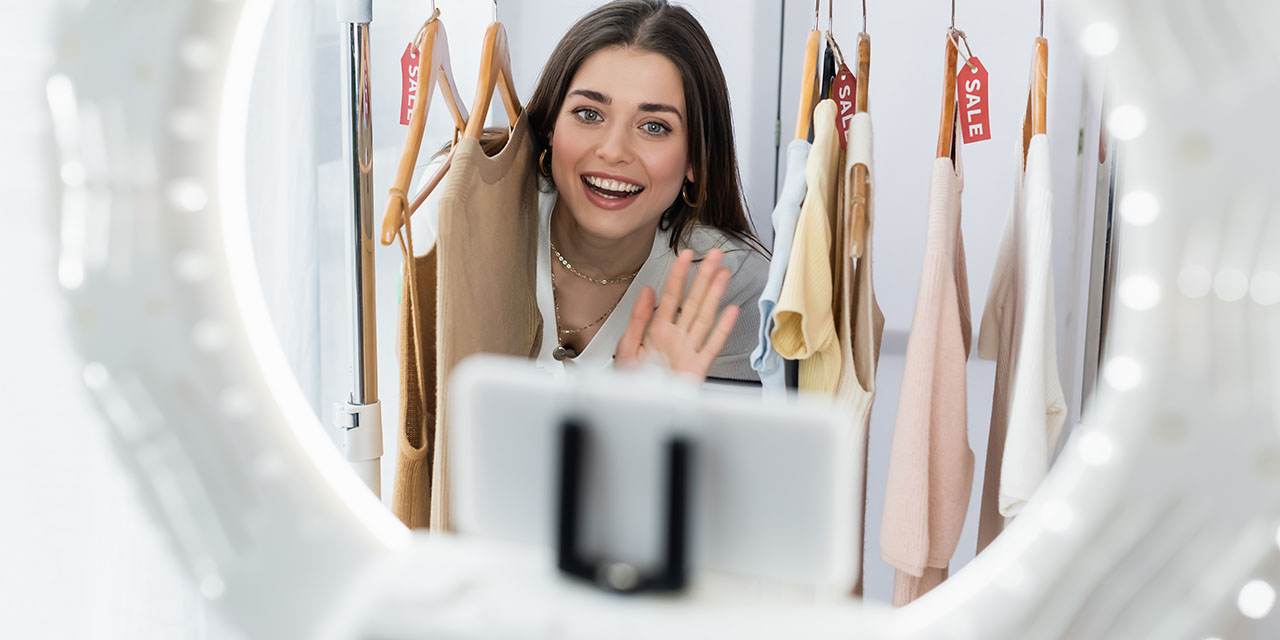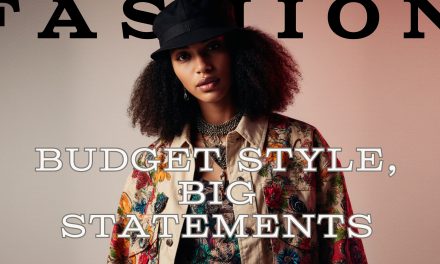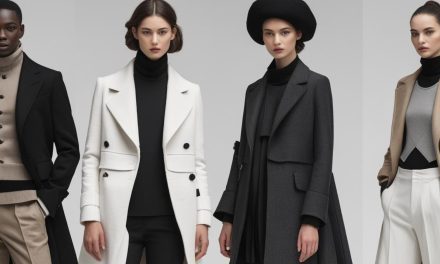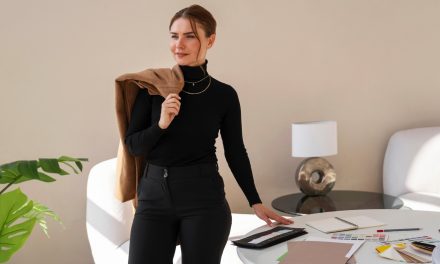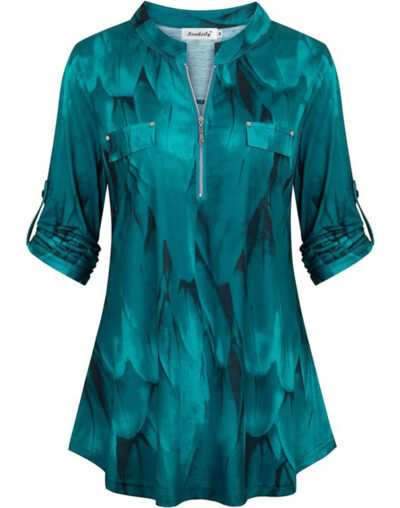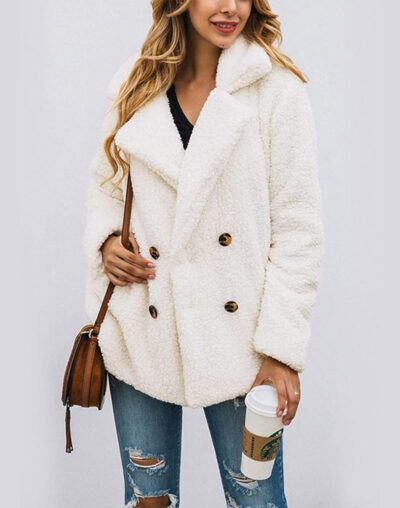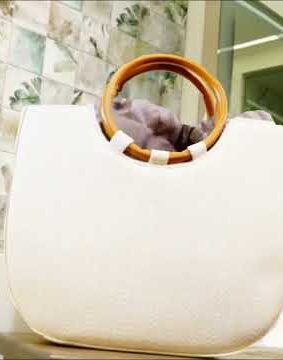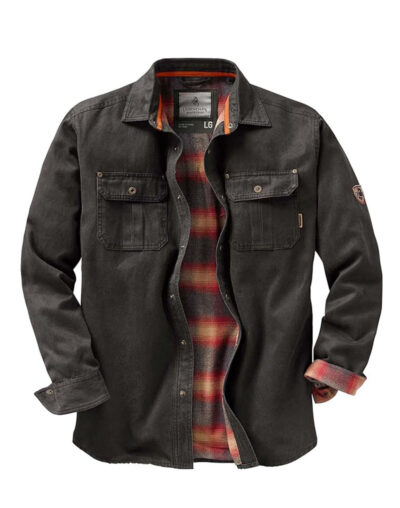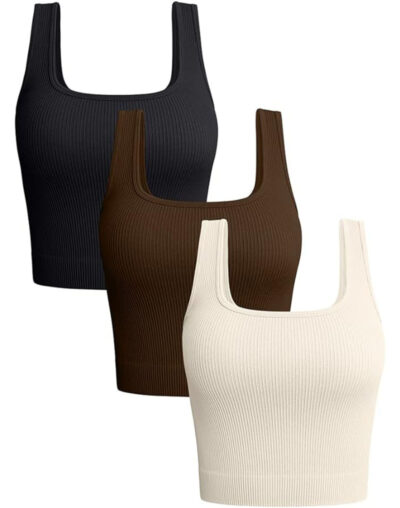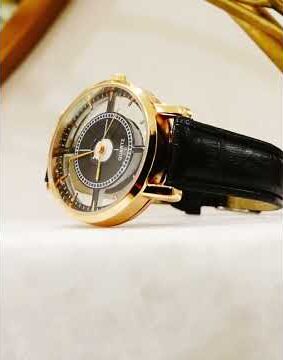Virtual fitting rooms are driving a transformative wave across the fashion industry. They are amplifying the virtual fashion experience by:
- Integrating cutting-edge AR fashion apps
- Revolutionizing virtual fashion design processes
- Optimizing clothing visualization
All of these factors combined are gradually shaping the future of the AR fashion industry.
The integration of AR fashion apps with virtual fitting rooms has brought about a seamless and immersive shopping experience for consumers. It allows them to try on clothing and accessories virtually.
Advancements in virtual fashion design have enabled designers to create and showcase their collections in virtual environments. This has expanded the possibilities of creativity and presentation.
Clothing optimization through virtual fitting rooms has enabled retailers to reduce returns and enhance customer satisfaction. It has also led to a more sustainable and efficient fashion industry.
The evolution of the AR fashion industry through virtual fitting rooms signifies a pivotal shift towards a more interactive and personalized fashion experience. Here’s how virtual fitting rooms are revolutionizing the fashion world:
Enhanced Customer Experience
Virtual fitting rooms are empowering an enhanced customer experience through the following:
- Virtual fashion modeling
- Immersive AR fashion marketing initiatives
- The digitalization of the fashion industry
- Engaging virtual fashion demos
The result has been a brand new era of customer interaction and satisfaction.
This technological innovation has revolutionized the way customers interact with fashion brands. It has provided them with an interactive and personalized shopping experience.
With virtual fitting rooms, customers can virtually try on clothing items, experiment with different styles, and visualize how a particular garment suits their body. This leads to informed purchasing decisions.
Virtual fitting rooms enable fashion brands to reach a wider audience and offer compelling virtual fashion demos. In the era of digital transformation, these serve as effective tools for driving sales and building brand loyalty.
Reduced Returns and Exchanges
The implementation of virtual fitting rooms has led to a substantial reduction in returns and exchanges within the fashion retail sector. This has been made possible through:
- Seamless virtual try-on experiences
- The integration of virtual wardrobe solutions
- The enhancement of fashion retail experiences
- The rise of engaging AR fashion showrooms
Customers can now visualize how different clothing items and accessories look and fit in real-time, empowering them to make more confident purchasing decisions. Moreover, virtual try-on experiences offer a personalized and interactive way to explore various styles and sizes. Ultimately, this reduces the likelihood of ill-fitting purchases.
Virtual wardrobe solutions enable users to curate digitally and mix and match outfits. Doing so fosters a more immersive and convenient shopping experience.
The emergence of captivating AR fashion showrooms further amplifies the allure of virtual fitting rooms. It offers customers a glimpse into the future of fashion retail through immersive, interactive, and visually stunning presentations.
Increased Sales and Customer Loyalty
Virtual fitting rooms have generated a surge in sales and fostered strong customer loyalty within the fashion industry. This has been achieved through the following:
- Seamless integration of virtual outfit try-on experiences
- Advancements in virtual sizing solutions
- Compelling fashion marketing strategies
- The evolution of virtual fashion marketplaces.
These technological advancements have revolutionized the way consumers interact with fashion. More specifically, it has offered them a personalized and immersive shopping experience.
By allowing shoppers to virtually try on outfits and determine the perfect fit, virtual fitting rooms address one of the biggest pain points of online shopping. This increases customer confidence and reduces return rates.
Fashion brands can leverage this technology to engage their audience with interactive marketing campaigns. This would drive excitement and interest in their products.
The emergence of dynamic virtual fashion marketplaces also opens new avenues for brands to connect with customers and expand their reach. Ultimately, this leads to higher sales and lasting customer relationships. For more insight on virtual fitting rooms, be sure to visit our website, You’re In Style.
